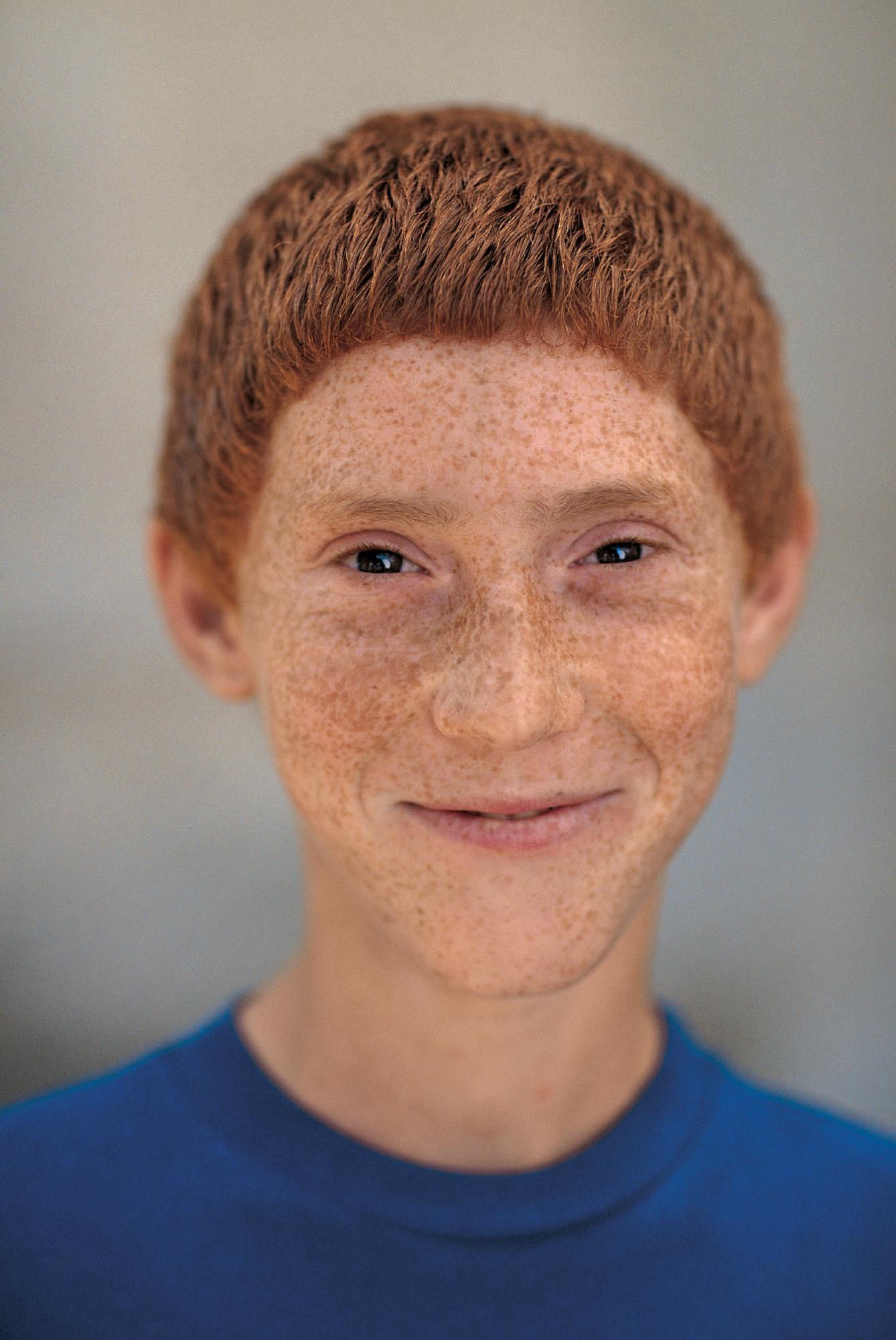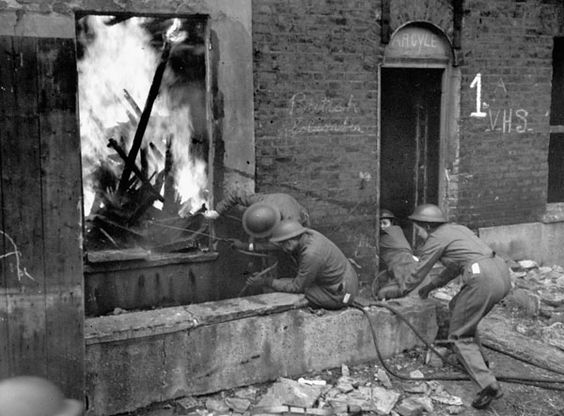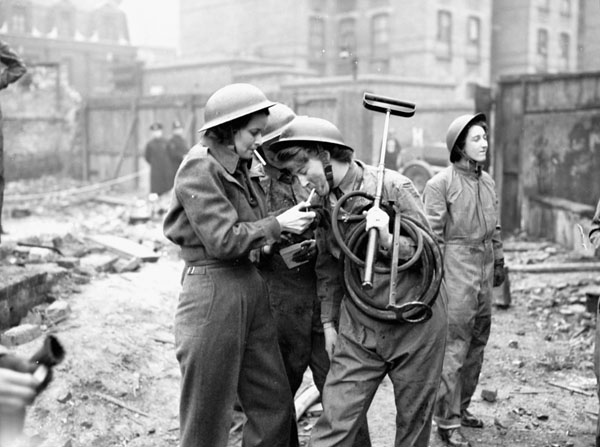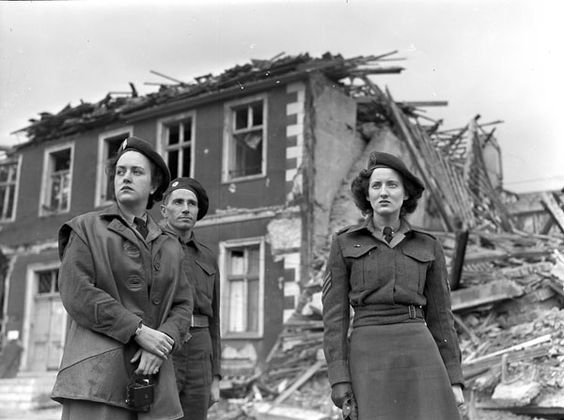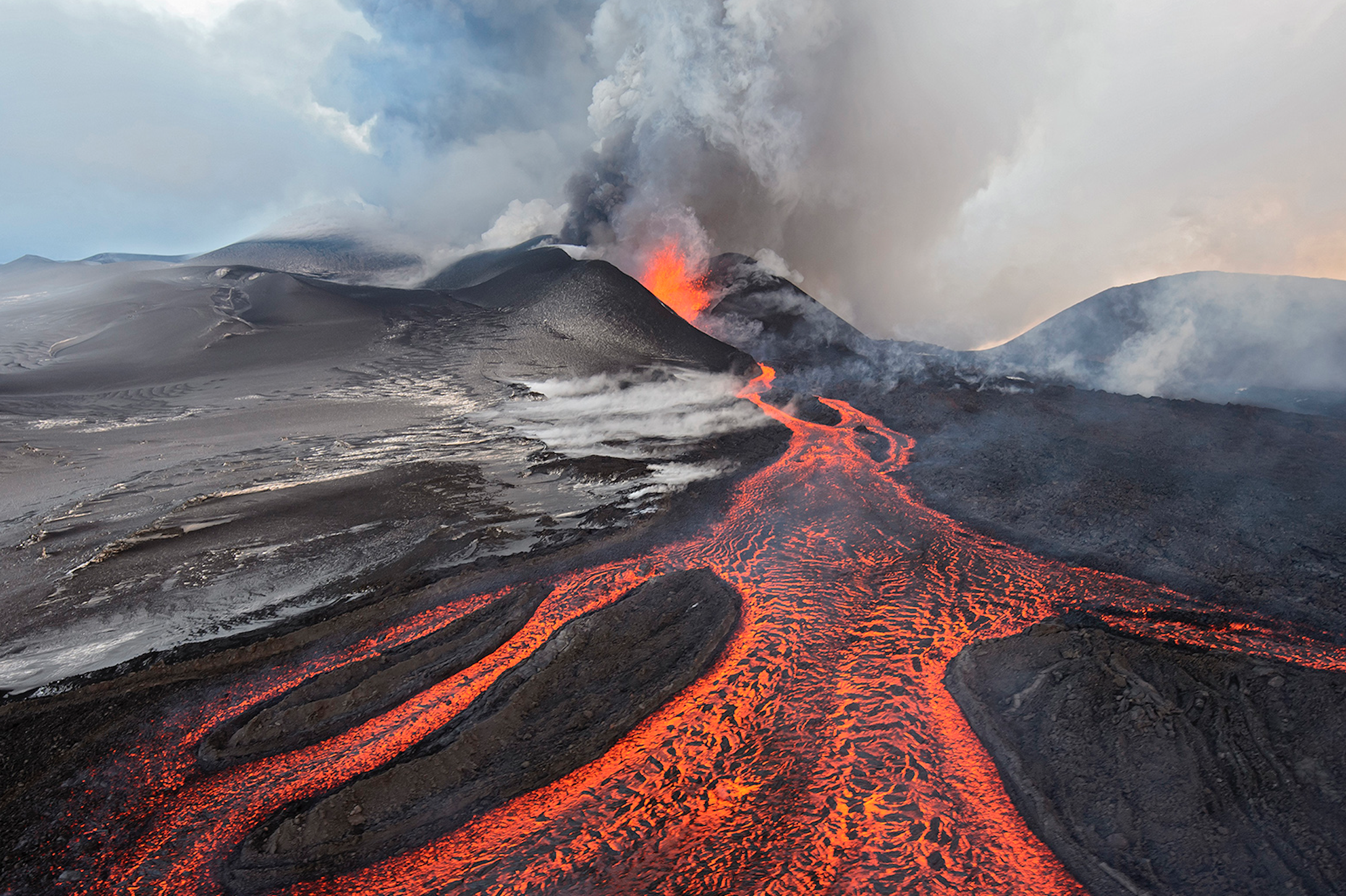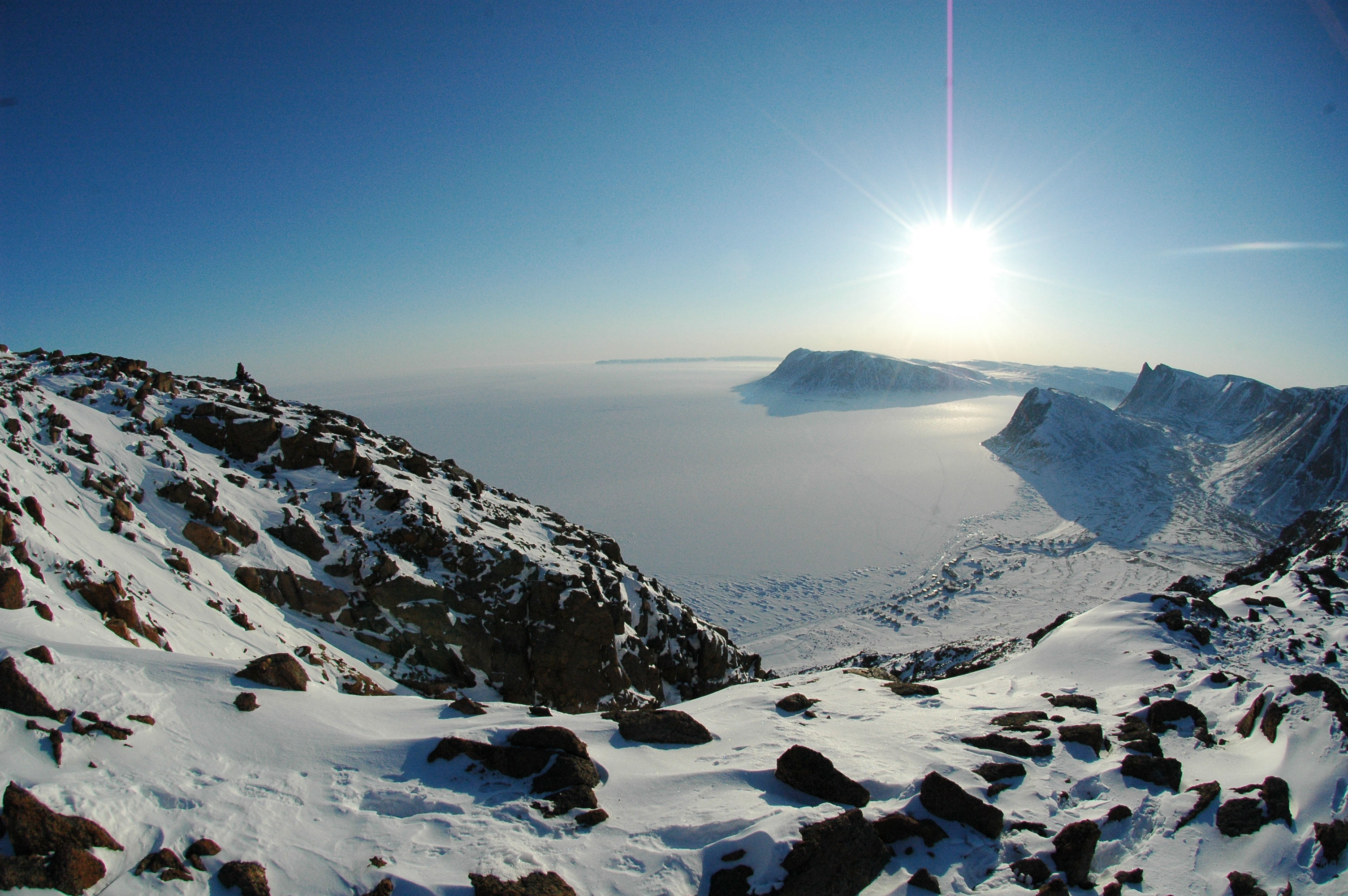 Aujuittuq [ᐊᐅᔪᐃᑦᑐᖅ, also known as Grise Fiord] is Canada’s northernmost town, in Qikiqtani Region, Nunavut Territory. It is located at the southern tip of Ellesmere Island, which is about half the size of California, or about twice the size of Portugal. 800km further north from the little village is Canadian Forces Station Alert, the northernmost settlement in the world but inhabited only by a rotating population of military personnel and scientists. Aujuittuq is a real town in which people are born, live and die, and one of the coldest inhabited places on earth.
Aujuittuq [ᐊᐅᔪᐃᑦᑐᖅ, also known as Grise Fiord] is Canada’s northernmost town, in Qikiqtani Region, Nunavut Territory. It is located at the southern tip of Ellesmere Island, which is about half the size of California, or about twice the size of Portugal. 800km further north from the little village is Canadian Forces Station Alert, the northernmost settlement in the world but inhabited only by a rotating population of military personnel and scientists. Aujuittuq is a real town in which people are born, live and die, and one of the coldest inhabited places on earth.
Category Archives: AD - Blog 2018 - Page 2
Image of the month: ᐊᐅᔪᐃᑦᑐᖅ (Aujuittuq) / Grise Fiord
Fourth Meditation on Democracy [written Saturday, September 22, 2007] REPUBLISHED
 In the beginning years of this blog, I published a series of articles called “Meditations on Democracy and Dictatorship” which are still regularly read today, and have had some influence. They still elicit inquiries from remote corners of the globe. They are now buried in the back pages of the blog, so I’m moving them up the chronological counter so they can have another round of visibility, especially (I hope) with younger readers. I am re-posting them in their original sequence over part of 2018. Some references in these “meditations” will date them to 2007–2008, when they were written. But I will leave them un-retouched, though I may occasionally append some retrospective notes. Mostly, they deal with abstract issues that do not need updating.
In the beginning years of this blog, I published a series of articles called “Meditations on Democracy and Dictatorship” which are still regularly read today, and have had some influence. They still elicit inquiries from remote corners of the globe. They are now buried in the back pages of the blog, so I’m moving them up the chronological counter so they can have another round of visibility, especially (I hope) with younger readers. I am re-posting them in their original sequence over part of 2018. Some references in these “meditations” will date them to 2007–2008, when they were written. But I will leave them un-retouched, though I may occasionally append some retrospective notes. Mostly, they deal with abstract issues that do not need updating.
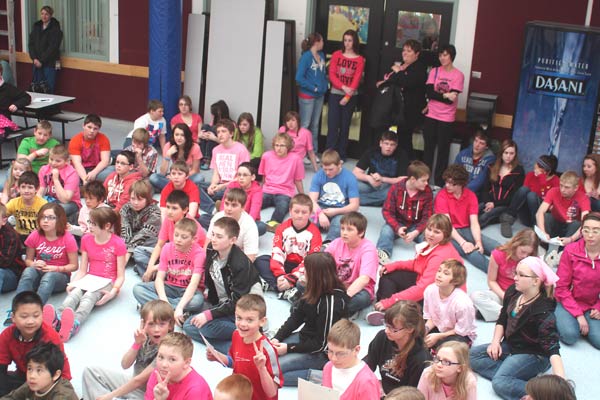 Recently, two Canadian high school students did a remarkable thing. It was remarkable enough to generate a large amount of comment in the blogosphere. According to the original news item in the Halifax Chronicle Herald [1], a grade 9 student “arrived for the first day of school last Wednesday and was set upon by a group of six to 10 older students who mocked him, called him a homosexual for wearing pink and threatened to beat him up.” Anyone who has attended high school knows the usual outcome of such situations. But in this case, it was different. Two senior students, Travis Price and David Shepherd, were disgusted by this crude bullying. “It’s my last year. I’ve stood around too long and I wanted to do something,” David explained. The two students bought 75 pink tank-tops and, rallying students through the internet, persuaded half the student body to wear them, or to supply their own. When the bullies next came to school, they were confronted by an ocean of pink solidarity. “The bullies got angry,” said Travis. “One guy was throwing chairs (in the cafeteria). We’re glad we got the response we wanted.” Read more »
Recently, two Canadian high school students did a remarkable thing. It was remarkable enough to generate a large amount of comment in the blogosphere. According to the original news item in the Halifax Chronicle Herald [1], a grade 9 student “arrived for the first day of school last Wednesday and was set upon by a group of six to 10 older students who mocked him, called him a homosexual for wearing pink and threatened to beat him up.” Anyone who has attended high school knows the usual outcome of such situations. But in this case, it was different. Two senior students, Travis Price and David Shepherd, were disgusted by this crude bullying. “It’s my last year. I’ve stood around too long and I wanted to do something,” David explained. The two students bought 75 pink tank-tops and, rallying students through the internet, persuaded half the student body to wear them, or to supply their own. When the bullies next came to school, they were confronted by an ocean of pink solidarity. “The bullies got angry,” said Travis. “One guy was throwing chairs (in the cafeteria). We’re glad we got the response we wanted.” Read more »
Image of the month: You can’t have too many freckles.
Third Meditation on Democracy [written Saturday, August 18, 2007] REPUBLISHED
 In the beginning years of this blog, I published a series of articles called “Meditations on Democracy and Dictatorship” which are still regularly read today, and have had some influence. They still elicit inquiries from remote corners of the globe. They are now buried in the back pages of the blog, so I’m moving them up the chronological counter so they can have another round of visibility, especially (I hope) with younger readers. I am re-posting them in their original sequence over part of 2018. Some references in these “meditations” will date them to 2007–2008, when they were written. But I will leave them un-retouched, though I may occasionally append some retrospective notes. Mostly, they deal with abstract issues that do not need updating.
In the beginning years of this blog, I published a series of articles called “Meditations on Democracy and Dictatorship” which are still regularly read today, and have had some influence. They still elicit inquiries from remote corners of the globe. They are now buried in the back pages of the blog, so I’m moving them up the chronological counter so they can have another round of visibility, especially (I hope) with younger readers. I am re-posting them in their original sequence over part of 2018. Some references in these “meditations” will date them to 2007–2008, when they were written. But I will leave them un-retouched, though I may occasionally append some retrospective notes. Mostly, they deal with abstract issues that do not need updating.
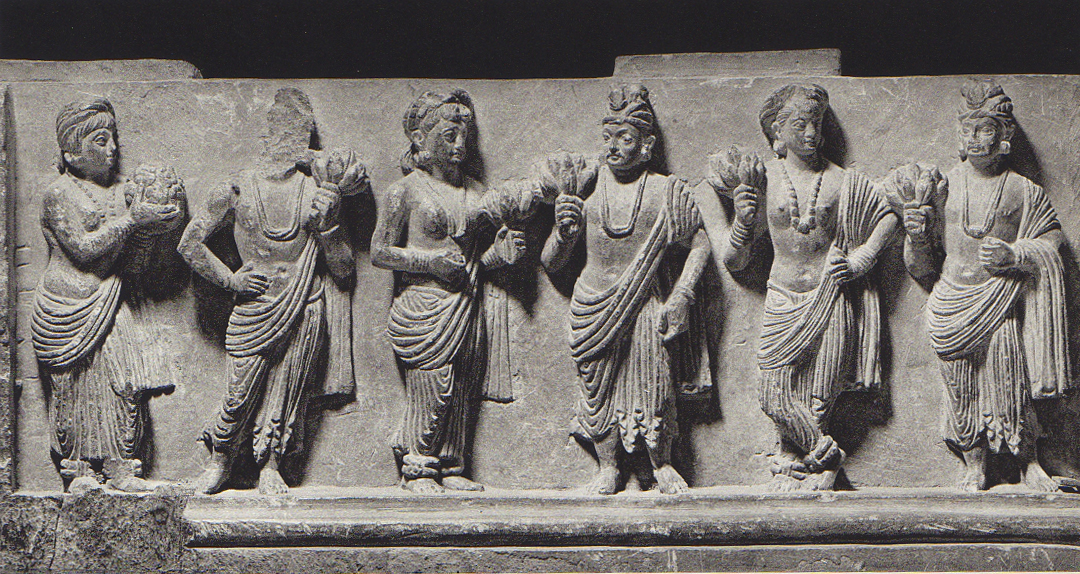
A convivial gathering of men and women in ancient Pakistan, during the Gandharan era, a time of intellectual and artistic synthesis. Gandharan art, drama and philosophy drew on influences from India, Persia and Greece.
Western Europe, and lands culturally derived from it, have made some relatively successful approximations of democracy and civil society, and combined them with noticeable prosperity. People both inside and outside this favoured zone wonder why, and they have often sought the answer in two particular areas: religious traditions, and the dramatic intellectual era called “the Enlightenment”. As someone who has written about the universal aspects of democracy, I’ve often felt some annoyance at what I consider parochial views of history, and dubious ideas of causality. I feel great sympathy for people outside the favoured zone, who are hopeful that they can have a democratic future, but are discomfited by the “second-banana” status that it seems to imply for their cultural heritage. This is especially true in the Islamic world, where past cultural glories and present embarrassments combine to make the search for democratic reform a touchy subject. I think that an excessively cartoonish view of the Enlightenment, and of the relationship between religion and democracy, is part of the problem. Read more »
Image of the Month: Canadian Women’s Army Corps posed photo of Mary Greyeyes and Harry Ball, 1942.
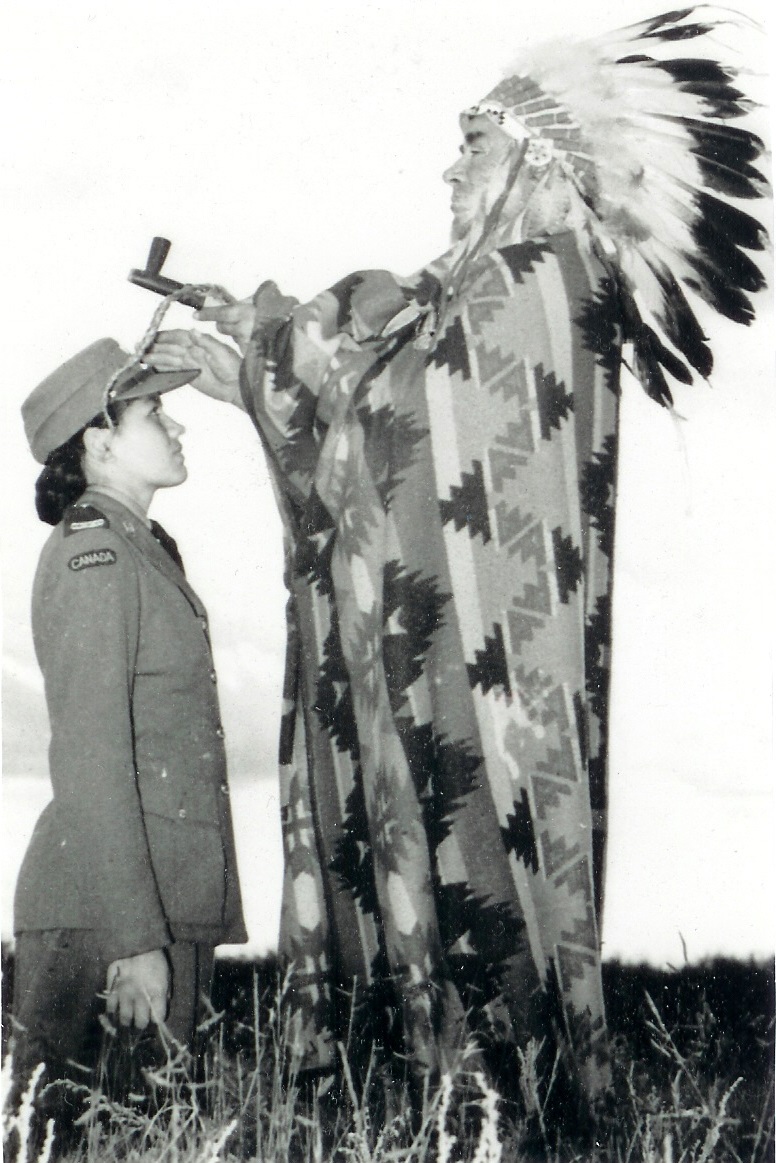 This photograph hung for decades in the National War Museum in Ottawa with its subjects labeled “unidentified”, until Mary’s daughter-in-law learned of its existence in 1995. The photo was taken to encourage more women to join the army, and its staged “Indian blessing” proving popular, it was widely reprinted during the war, then forgotten.
This photograph hung for decades in the National War Museum in Ottawa with its subjects labeled “unidentified”, until Mary’s daughter-in-law learned of its existence in 1995. The photo was taken to encourage more women to join the army, and its staged “Indian blessing” proving popular, it was widely reprinted during the war, then forgotten.
Mary Greyeyes was from Muskeg Lake Cree Nation in Saskatchewan. This tiny community (only 367 people live on the reserve) has a remarkable military history. 56 of its youth served in the armed forces, including seven women, most of them named Greyeyes, Arcand or Lafond. Mary Greyeyes joined about the same time that my mother joined the Air Force. Muskeg Lake Cree have fought in Europe, Korea, and Afghanistan. Muskeg Lake is also the birthplace of the ballet dancer, choreographer and film actor Michael Greyeyes.
Mary returned to Canada after finishing her service in 1946, married, and made a career as an industrial seamstress in Vancouver. She died in 2011. The other participant in the staged photo was Harry Ball, a Cree from Piapot First Nation, who was a World War I veteran. His Plains Chief regalia was scrounged up on that reserve, where the photo was taken.
Photos of CWACS in action. Many were involved in dangerous work. They were not just clerk-typists and tea-brewers:
Second Meditation on Democracy [written Monday, August 7, 2007] REPUBLISHED
 In the beginning years of this blog, I published a series of articles called “Meditations on Democracy and Dictatorship” which are still regularly read today, and have had some influence. They still elicit inquiries from remote corners of the globe. They are now buried in the back pages of the blog, so I’m moving them up the chronological counter so they can have another round of visibility, especially (I hope) with younger readers. I am re-posting them in their original sequence over part of 2018. Some references in these “meditations” will date them to 2007–2008, when they were written. But I will leave them un-retouched, though I may occasionally append some retrospective notes. Mostly, they deal with abstract issues that do not need updating.
In the beginning years of this blog, I published a series of articles called “Meditations on Democracy and Dictatorship” which are still regularly read today, and have had some influence. They still elicit inquiries from remote corners of the globe. They are now buried in the back pages of the blog, so I’m moving them up the chronological counter so they can have another round of visibility, especially (I hope) with younger readers. I am re-posting them in their original sequence over part of 2018. Some references in these “meditations” will date them to 2007–2008, when they were written. But I will leave them un-retouched, though I may occasionally append some retrospective notes. Mostly, they deal with abstract issues that do not need updating.
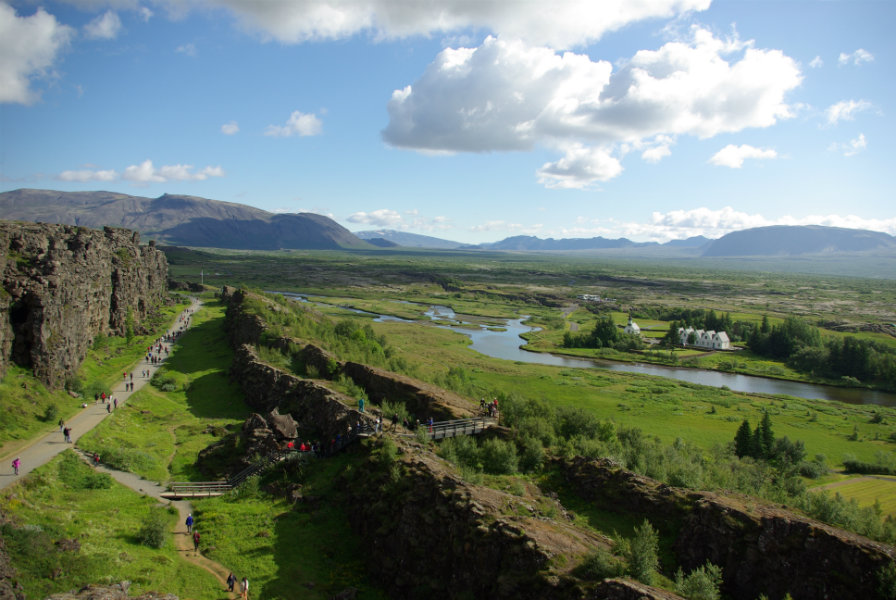
Þingvellir, the outdoor site of the medieval Icelandic elected parliament. Þingvellir, the outdoor site of the medieval Icelandic elected parliament.
“Civilization is the process in which one gradually increases the number of people included in the term ‘we’ or ‘us’ and at the same time decreases those labeled ‘you’ or ‘them’ until that category has no one left in it.” — Howard Winters, an American archaeologist who studied ancient settlement and trade patterns [quoted by Anne-Marie Cantwell in Howard Dalton Winters: In Memoriam]
“Voice or no voice, the people can always be brought to the bidding of the leaders. That is easy. All you have to do is to tell them they are being attacked, and denounce the pacifists for lack of patriotism and exposing the country to danger. It works the same in any country.” — Hermann Wilhelm Göring, second in command to Adolf Hitler. Read more »
Image of the Month: Pluto
 We are in a great era of space exploration. This magnificent photo of Pluto (colour-enhanced, but otherwise a true visual image) was taken by the New Horizons probe, which is now more than six billion kms from Earth. New Horizons, launched in 2006, is entering the vast outer regions of our solar system, which we are discovering is far bigger and more complex than was ever imagined. The heart-shaped plain called Sputnik Planitia is an ocean of nitrogen ice, which is semi-fluid and shows dynamic features similar to those that occur in polar pack-ice on Earth. Adjacent to it is a mountainous region charmingly named Cthulhu Macula, which seems to be coloured by hydrocarbon tars.
We are in a great era of space exploration. This magnificent photo of Pluto (colour-enhanced, but otherwise a true visual image) was taken by the New Horizons probe, which is now more than six billion kms from Earth. New Horizons, launched in 2006, is entering the vast outer regions of our solar system, which we are discovering is far bigger and more complex than was ever imagined. The heart-shaped plain called Sputnik Planitia is an ocean of nitrogen ice, which is semi-fluid and shows dynamic features similar to those that occur in polar pack-ice on Earth. Adjacent to it is a mountainous region charmingly named Cthulhu Macula, which seems to be coloured by hydrocarbon tars.
Friday, March 23, 2018 — Lóa fiðurgisin
Engis biður ein á strönd
— elsk að friði— þysinn,
Stormaklið né lýð um lönd
lóa fiðurgisin.
[Alone on the beach, the feathers worn and shabby, the peace loving bird tries to evade the noise and the storms that blow through the lands.]
̶ Guðmundir Friðjónsson
The above is from an amazing recording of rímur sung by Steindór Andersen, a renowned kvæðamaður, or traditional chanter. This verse is from an old recording, but it is followed by additional verses in a modern, rock-like orchestration by Hilmur Örn Hilmarsson. Both men have worked with Sigur Rós. The sentiment is appropriate to my investigations in Iceland. This small, peace-loving island country has weathered many storms blowing across the sea from powerful continental tempests. While mistakes have been made, Iceland is a place where people seem to believe that problems can be solved. This attitude is in sharp contrast to the morbid passivity and defeatism that enshrouds some of the larger and louder nations. To understand this, I’ve been speaking with a variety of Icelanders. It is just a first step. I have been merely introducing myself and establishing some rapport so that these issues can be explored in greater depth by correspondence. It has proven both informative and delightful. The egalitarian Icelanders care not that I have little prestige — I’m merely a curious Canadian. People ranging from civic and national politicians and civil servants to academics, musicians, and filmmakers, have all given me precious time and honest talk. I must thank, among them, Ásgrímur Sverrisson, Kári Gunnarsson, Sveinn Guðmundsson, Herdis Sigurjonsdottir, Stefán Baldursson, Sibeso Imbula, and Sigurður Bjorn Blondal. There will be others to thank in the days to come.
Solving the problems that face a nation is not served by concocting utopias, but by observing sound principles of fairness and reason. I was delighted that everyone I spoke with seemed to take that approach. There was no whining. As one of my informants observed, in the wake of the financial crisis of 2008 some of the people responsible for the debacle were later instrumental in correcting it. Apparently, the well-being of the country in the end overruled stubborn pride. This was a remarkable point to make. Every nation, like every extended family, has its fools, and even the wisest have their moments of foolishness. But it is a strong family indeed that has fools who learn from their folly. When I was in Iceland the first time, shortly after the crisis, I did not find people in a panic or a rage. I found people who knew that they had made mistakes, and were determined to correct them. Now that I am back, I see the results of those efforts, and they are impressive. Canadians could learn from this. We are not a small, tightly bound together country like Iceland. Indeed, we are loose and sprawling, with many factions barely aware of each others’ existence. But we are not a torpid giant like our neighbour to the south, and not condemned to moral and intellectual paralysis — unless we so choose.
We are now entering a time of much greater perils than mere stock market crashes. We will have to step nimbly to survive.
Friday, March 9, 2018 — Ghosts and Zombies
 According to the Eyrbyggja Saga, when the Icelandic peninsula of Snæfellsnes was plagued with ghosts and zombies (specifically Thorir Wooden-leg and his undead companions) disrupting daily life and harming the economy, Snorri Þorgrímsson solved the problem by taking them to court and submitting them to trial by jury. Always the proceduralist, Snorri was best known for his fair judgements in cases of blood feuds, boundary disputes and the endless squabbles over firewood. The zombie problem was just another such case. The Eyrbyggja Saga is not one of the best known of the Icelandic sagas, but it would appeal to any lawyer or political journalist. I read it in 1992, and then twenty years later I hiked extensively in Snæfellsnes, treading footsteps in most of the places the saga mentions. I’m returning to Iceland ten days from now, for another visit to that magical little country, so it’s much on my mind, and so is old Snorri. Today, Canada is menaced by a plague of ghosts and zombies, originating south of the border. The ghosts are an assortment of old and stupid ideas, the zombies are the marching morons of Trumpism and the morally corrupt legislators of the U.S. (mostly Republican, but quite a few Democrats as well). We could use a Snorri to sort things out. Read more »
According to the Eyrbyggja Saga, when the Icelandic peninsula of Snæfellsnes was plagued with ghosts and zombies (specifically Thorir Wooden-leg and his undead companions) disrupting daily life and harming the economy, Snorri Þorgrímsson solved the problem by taking them to court and submitting them to trial by jury. Always the proceduralist, Snorri was best known for his fair judgements in cases of blood feuds, boundary disputes and the endless squabbles over firewood. The zombie problem was just another such case. The Eyrbyggja Saga is not one of the best known of the Icelandic sagas, but it would appeal to any lawyer or political journalist. I read it in 1992, and then twenty years later I hiked extensively in Snæfellsnes, treading footsteps in most of the places the saga mentions. I’m returning to Iceland ten days from now, for another visit to that magical little country, so it’s much on my mind, and so is old Snorri. Today, Canada is menaced by a plague of ghosts and zombies, originating south of the border. The ghosts are an assortment of old and stupid ideas, the zombies are the marching morons of Trumpism and the morally corrupt legislators of the U.S. (mostly Republican, but quite a few Democrats as well). We could use a Snorri to sort things out. Read more »
